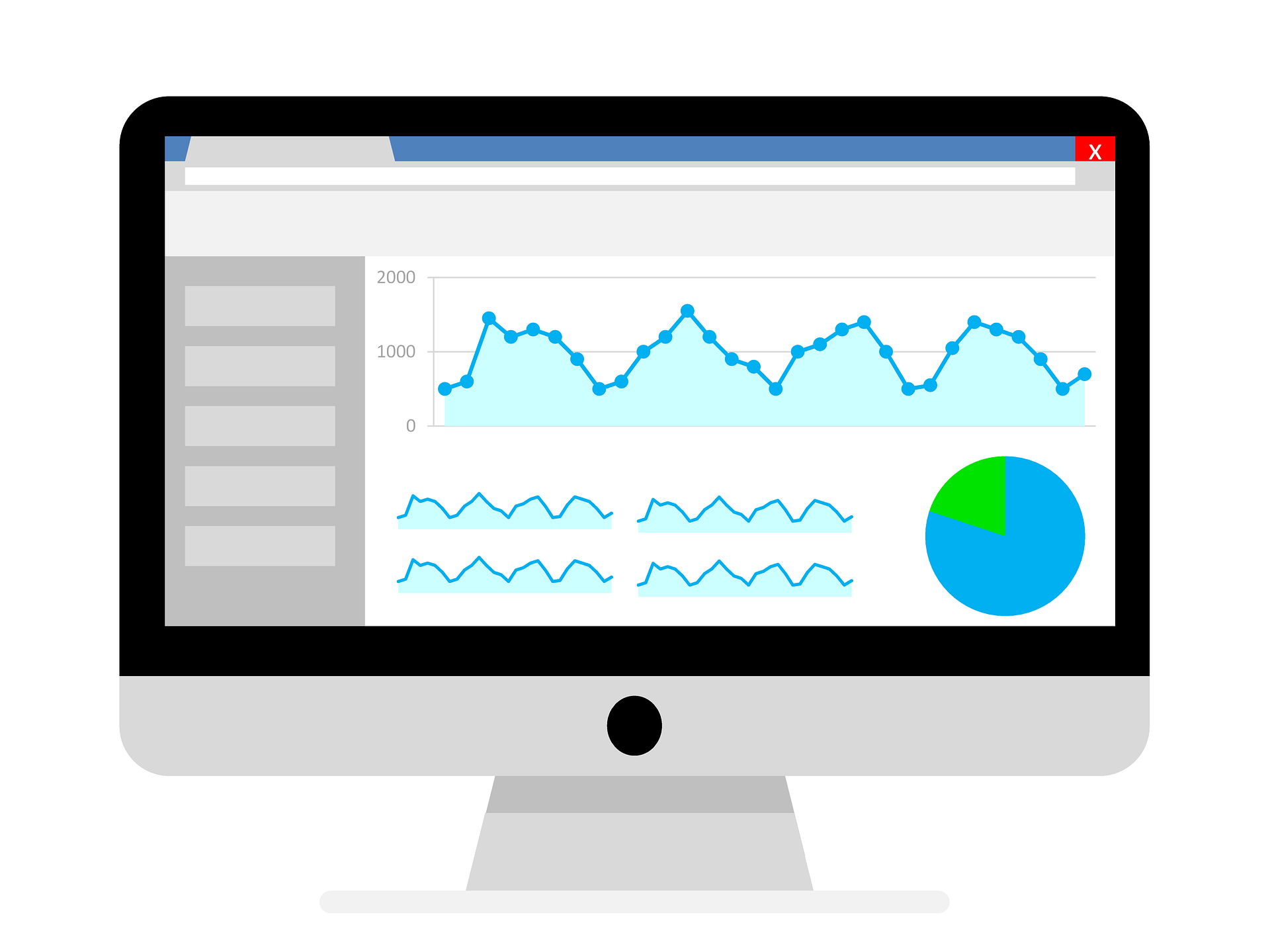
In an increasingly competitive online market place, web personalization goes a long way in differentiating your brand from the competition. However, companies may not experience the full benefits of personalization unless done correctly. This blog provides effective web personalization techniques to help boost your conversion rates.
What is website personalization?
Web personalization is the process of creating a highly customized experience for different visitors to a website. Rather than offering one broad experience, web personalization treats every visitor individually and presents them with tailored experiences that suit their needs and desires. Undeniably, no two website visitors are alike. It is essential, therefore, to create custom messages that target users based on what makes them different; you succeed in offering them tailored experiences.
Five effective personalization techniques to boost your conversion rates
The following are 5 personalization techniques to help improve your conversion rates:
Customize the homepage and other landing pages
Usually, the homepage and other landing pages are a customer’s first interaction with your company. You only have a few seconds to make an excellent first impression with your homepage and convince visitors your web is worth their time. Statistics reveal 94% of first impressions are related to your site’s web design and home page. Having a custom webpage design can create a better first impression for your company. Headline and hero images offer an excellent opportunity to speak directly to your leads early in their buying journey. Customizing your header text and images using elements that resonate with your visitors allows you to speak directly to them. Customizing your homepage and other landing pages is a powerful way to convince your visitors to stay with you for longer.
Use custom call-to-actions
Website personalization with custom call-to-action is also an effective way to personalize web experiences for your visitor. A call to action helps move users down your company’s sales funnel, and without a tailor-made CTA, users may be confused about what to do next. On the other hand, a compelling CTA can make all the difference by convincing more visitors to click through. Avoid generic CTAs such as “talk to sales,” “request a demo,” and “get in touch” that don’t offer a tailored experience visitors desire. Instead, create different CTAs based on various variables, including the pages the user visited, the newsletter they subscribed to, where they come from, and the specific offers they download.
Personalize web content
Personalizing website content can boost conversions, sales, and profits. As mentioned earlier, no two customers are the same, and different messages resonate with different segments. Instead of displaying generic content for your web visitors, align your content, including blogs and pop-ups, based on where each visitor is coming from. Traffic from social sources, organic, paid, and referral sources should be directed to the specific landing pages that seek to tackle their specific pain points and provide real value. For example, visitors from paid web traffic should be directed to landing pages that deliver on your promises. If your ad promises a discount, the visitors clicking through should land on a page with a discount offer. Visitors coming from social sources should land on pages that make sharing seamless. For example, when a visitor visits your web via Facebook, display the Facebook share button to make it seamless for them to share your content.
Offer personalized product recommendations
Personalized product recommendations effectively minimize bounce rates, increase conversions, enhance order values and boost loyalty. It also helps enhance the customer lifetime value (CLV) and reduce the cost of acquisition (COA), translating to bigger margins. Strive to offer personalized product recommendations based on your users’ interests, search history, past purchases, and the products they are currently placing in their shopping cart. Some of the tips to help customize product recommendations include:
- Providing a complementary and supplementary product for upselling and cross-selling
- Displaying seasonal offers on the main product page based on customer geo-locations.
- Provide recommendations on the customer’s cart pages
Align your web content with user intent
User intent helps you create content relevant to each visitor’s search queries, no matter their position in the customer journey. Generally, web visitors have diverse goals and interests based on their funnel stage. For example, while one visitor has informational intent (seeks to learn more about your product and services), another has a transactional intent, meaning they are ready to make a purchase. It is, therefore, essential to tailor your content, including landing pages, pop-ups, and banners, to suit the intents of different users.
Why is data crucial in web personalization?
It is impossible to personalize your web experiences without customer data. The first step involves collecting customer data. The more data you collect, the better you understand your customer’s needs and the better experiences you offer. If you know little about your customers, you won’t be empowered to give them what they want.
Digital experts from Broadly can help
Personalizing web experiences is a great way to gain insights into customer preferences and intent to provide them with tailored experiences. By providing personalized experiences to your visitors, you increase conversions and boost sales while improving your bottom line. If you need help to get started with your web personalization journey, the lawn care marketing experts at Broadly are ready to assist. We help our clients improve their customer experience and lead generation to grow their businesses and maintain customer relationships.
You may be interested in: The Best Ways to Reach Customers Through Mass Emails

